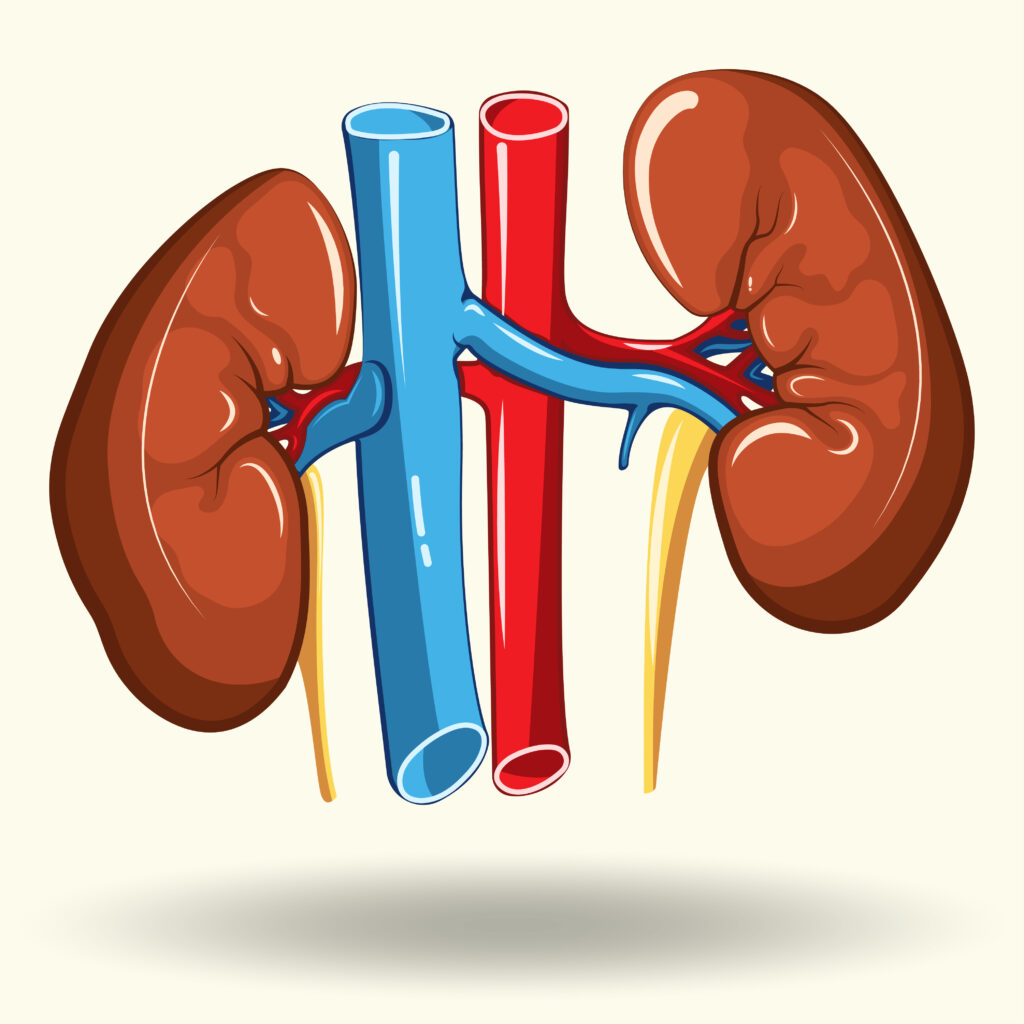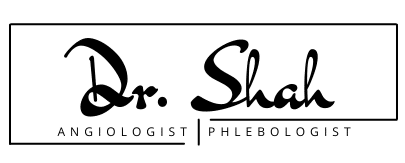arterial diseases
stenosis of the renal arteries
renal artery stenosis
Renal artery stenosis is narrowing of one or more arteries that carry blood to the kidneys (renal arteries).
The narrowing of the arteries prevents normal amounts of oxygen-rich blood from reaching your kidneys. Your kidneys need adequate blood flow to help filter waste products and remove excess fluids. Reduced blood flow to the kidneys can damage kidney tissue and increase blood pressure throughout the body.
risk factors
Most cases of renal artery stenosis result from narrowed renal arteries. Risk factors that make narrowed arteries more likely in your kidneys and other parts of your body include:
Advanced age
High blood pressure, high cholesterol, diabetes
Obesity, smoking, lack of exercise
family history of early heart disease
What are the symptoms?
Renal artery stenosis often causes no signs or symptoms until it is advanced. The condition may be discovered accidentally during testing for something else. As renal artery stenosis progresses, other signs and symptoms may include:
High blood pressure that starts suddenly or worsens without explanation
A loud sound as the blood flows through a narrowed vessel (the sternum), which the doctor hears through a stethoscope placed over your kidneys
Elevated urine protein levels or other signs of impaired kidney function
Deterioration of kidney function during treatment of high blood pressure
Fluid overload and swelling in your body tissues
Treatment-resistant heart failure
What are the reasons?
The two main causes of renal artery stenosis include:
Accumulations of the renal (kidney) arteries. Fat, cholesterol and other substances (plaque) can build up in and on the walls of the kidney arteries (atherosclerosis). As these deposits get larger, they can harden, reducing blood flow and eventually narrowing the artery. Atherosclerosis occurs in many areas of the body and is the most common cause of renal artery stenosis.
Fibromuscular dysplasia. In fibromuscular dysplasia, the muscle in the arterial wall grows abnormally, often from childhood. The renal artery may have narrow sections alternating with wider sections, giving the appearance of beads on images of the artery.
The renal artery can narrow so much that the kidney does not get enough blood and lead to high blood pressure at a young age. This can occur in one or both kidneys.
Narrowed renal arteries and fibromuscular dysplasia can affect other arteries in your body as well as the renal arteries and cause complications.
Rarely, renal artery stenosis results from other conditions such as inflammation of the blood vessels or a growth that develops in the abdomen and compresses the arteries of the kidney.
Diagnostics
For the diagnosis of renal artery stenosis, it starts with:
• Physical examination, with a stethoscope over the renal areas to listen for sounds that may mean your kidney artery is narrowed
• Review your medical history
• Blood and urine tests to check kidney function
• Blood and urine tests to measure levels of hormones that regulate blood pressure
Imaging tests commonly done to diagnose renal artery stenosis include:
• Doppler ultrasound. High-frequency sound waves help the vascular specialist see the arteries and kidneys and check their function. This procedure also helps to detect blockages in the blood vessels and measure their severity.
• CT scan. During a CT scan, an X-ray machine connected to a computer creates a detailed image that shows cross-sectional images of the renal arteries. Contrast can be used to see the blood flow.
• Magnetic resonance angiography (MRA). MRA uses radio waves and strong magnetic fields to create detailed 3D images of the renal arteries and kidneys. Injecting contrast into the arteries delineates the blood vessels during imaging.
• Renal arteriography. This special type of X-ray helps the vascular specialist detect blockages in the renal arteries and sometimes open the narrowed portion with a balloon and/or stent. Before an X-ray is taken, contrast is injected into the renal arteries through a catheter to outline the arteries and show blood flow more clearly. This test is mainly done if you are also likely to need a stent placed in the blood vessel to dilate it.

Treatment
Treatment for renal artery stenosis may include lifestyle changes, medications and procedures to restore blood flow to the kidneys. Sometimes a combination of treatments is the best approach. Depending on your overall health and symptoms, you may not need any specific treatment.
Lifestyle changes
If your blood pressure is moderately or severely elevated, a healthy lifestyle – limiting salt, eating healthy foods and getting regular exercise – can help you control your blood pressure.
Medicines
High blood pressure – even when mainly associated with renal artery stenosis – can often be successfully treated with medication. Finding the right medication or combination of medications may require time and patience.
Procedures
For some people, a procedure to restore blood flow through the renal artery may be recommended to improve blood flow to the kidneys.
Treatments for renal artery stenosis may include:
Renal angioplasty and stenting. In this procedure, doctors dilate the narrowed kidney artery and place a device (stent) in your blood vessel that keeps the vessel walls open and allows better blood flow.
Bypass of a renal artery. During bypass surgery, doctors graft a replacement blood vessel to the renal artery to make a new path for blood to reach your kidney. Sometimes this means connecting the renal artery to a vessel from somewhere else, such as the liver or spleen. These surgeries are most commonly performed if angioplasty is not successful or when additional surgical procedures are needed.
… and a few tips
As part of your treatment plan for renal artery stenosis, making certain lifestyle changes is recommended:
Maintain a healthy weight. When your weight goes up, so does your blood pressure If you’re overweight, losing weight can help lower your blood pressure.
Limit salt in your diet. Salt and salty foods make your body retain fluids. This can increase your blood volume and in turn raise your blood pressure.
Be physically active. Regular physical activity can help you lose weight, reduce your risk of heart disease, lower your cholesterol and blood pressure. Consult a doctor before starting an exercise program, especially if you have high blood pressure and have not been active in the past.
Reduce stress. Reducing stress levels can lower your blood pressure.
Reduce alcohol use. Too much alcohol can raise your blood pressure.
Do not smoke. Tobacco injures the walls of blood vessels and accelerates the hardening process of the arteries.
